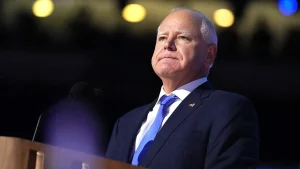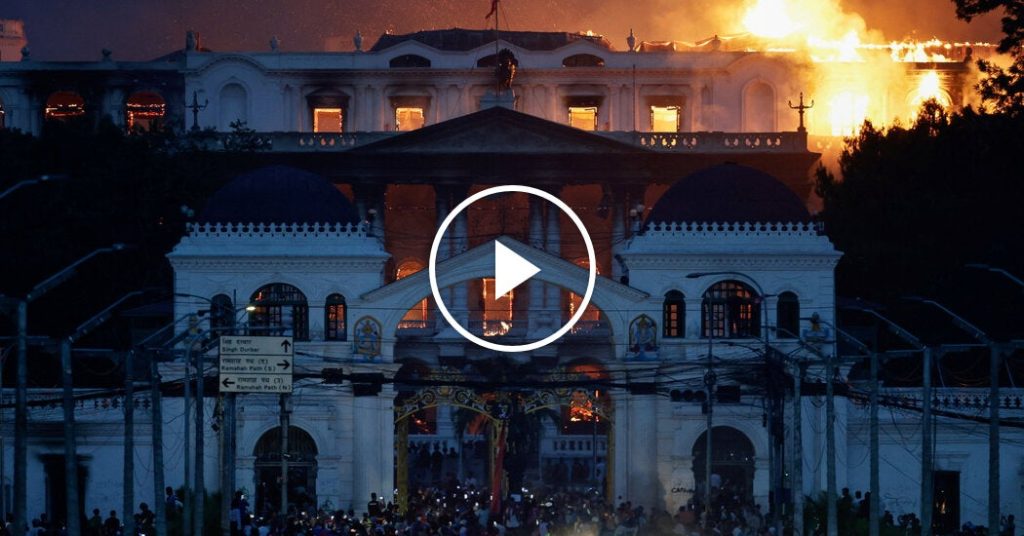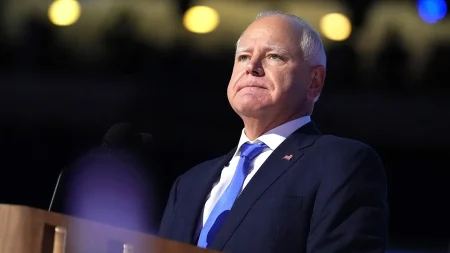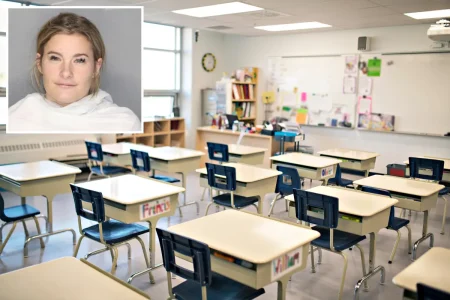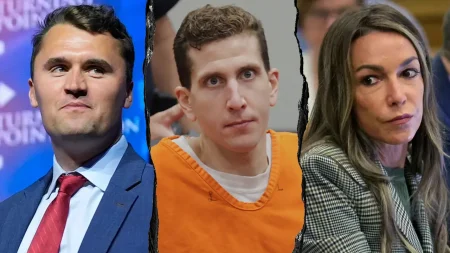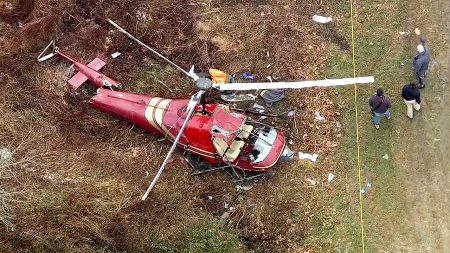Upheaval in Nepal: Youth-Led Protests Force Prime Minister’s Resignation Amid Parliament Blaze
Demonstrators Target Symbols of Power in Historic Uprising Against Government Corruption
By Sarah Reynolds, International Affairs Correspondent
September 9, 2025
In a dramatic turn of events that has shaken Nepal’s political landscape, Prime Minister Sharma Oli resigned yesterday following two days of intense protests that culminated in demonstrators setting fire to the Parliament building in Kathmandu. The unprecedented uprising, led primarily by young Nepalese citizens, marks a significant moment in the Himalayan nation’s turbulent political history and signals growing discontent with the country’s governing elite.
A Movement Ignited by Social Media Restrictions
The protests began as a response to the government’s controversial ban on several social media platforms, which many viewed as an attempt to silence criticism and limit freedom of expression. What started as peaceful demonstrations quickly escalated when security forces responded with tear gas and rubber bullets, further inflaming tensions among a population already frustrated by economic stagnation, allegations of corruption, and perceived governmental overreach.
“This isn’t just about social media,” explained Priya Tamang, a 24-year-old protest organizer from Kathmandu. “It’s about years of broken promises, endemic corruption, and leaders who have consistently put their interests above those of the Nepalese people. The social media ban was simply the final straw that united us across political lines and generations.”
Parliament in Flames: A Symbolic Target
The most dramatic moment of the protests came when hundreds of demonstrators broke through police barricades and stormed the Parliament complex, with some setting fire to parts of the building. Videos shared widely online showed young protesters, many draped in Nepalese flags, chanting anti-government slogans as flames engulfed sections of the iconic structure. The scene, broadcast across international media outlets, became a powerful symbol of the public’s rage against institutions they view as failing to serve their needs.
Political analyst Rajendra Sharma of Tribhuvan University characterized the targeting of Parliament as highly symbolic. “For many Nepalese, particularly the youth, Parliament has come to represent a system that perpetuates inequality and protects the interests of political elites rather than ordinary citizens,” Sharma said. “The fire, while deeply concerning in its destruction of public property, reflects the depth of disillusionment with the current political establishment.”
Prime Minister’s Resignation and Political Uncertainty
As protests intensified and spread to other major cities, including Pokhara and Biratnagar, Prime Minister Oli announced his resignation in a televised address, calling for calm and a peaceful transition of power. “I cannot in good conscience continue to lead while our cherished institutions are under attack,” Oli stated, though critics noted his failure to acknowledge the grievances that sparked the unrest.
The resignation has created a power vacuum that Nepal’s political parties are now scrambling to fill. President Bidhya Devi Bhandari has called for the formation of a national unity government to navigate the crisis, but negotiations are proving difficult amid deep divisions between major political factions. Meanwhile, international observers, including representatives from India, China, and the United Nations, have expressed concern about Nepal’s stability and called for peaceful dialogue.
Youth Leadership and Generational Divide
Perhaps the most striking aspect of Nepal’s current upheaval is the prominent role of young people in organizing and sustaining the protests. In a country where more than 40% of the population is under 25, the demonstrations reflect a generational divide in political expectations and approaches to activism.
“The young protesters we’re seeing are digitally connected, well-informed about global movements for democracy, and impatient with the old ways of doing politics,” explained Dr. Maya Joshi, a sociologist specializing in South Asian youth movements. “They’re demanding transparency, accountability, and meaningful participation in decision-making—not just the performative democracy they feel has been offered to date.”
International Implications and Path Forward
The crisis in Nepal carries significant implications for regional powers, particularly neighboring India and China, which have long competed for influence in the strategically located Himalayan nation. Both countries have issued statements calling for stability while carefully avoiding direct criticism of either the protesters or the government.
As Nepal navigates this period of uncertainty, the international community watches closely. The United Nations has offered to mediate discussions between protest leaders and political parties, while humanitarian organizations prepare for potential disruptions to essential services if unrest continues.
For now, an uneasy calm has settled over Kathmandu as citizens await the formation of an interim government. Military and police presence remains heavy in the capital, though security forces have adopted a more restrained approach following criticism of their initial harsh response to demonstrations.
“What happens next will determine whether this moment becomes a genuine turning point for Nepal’s democracy or simply another chapter in its complicated political journey,” said former diplomat Anil Giri. “The protesters have shown their power, but transforming that power into sustainable, institutional change remains the greater challenge.”
As Nepal stands at this critical crossroads, one thing is clear: the country’s youth have found their political voice, and Nepal’s leaders would be wise to listen carefully to their demands for a more responsive, transparent, and equitable system of governance.
